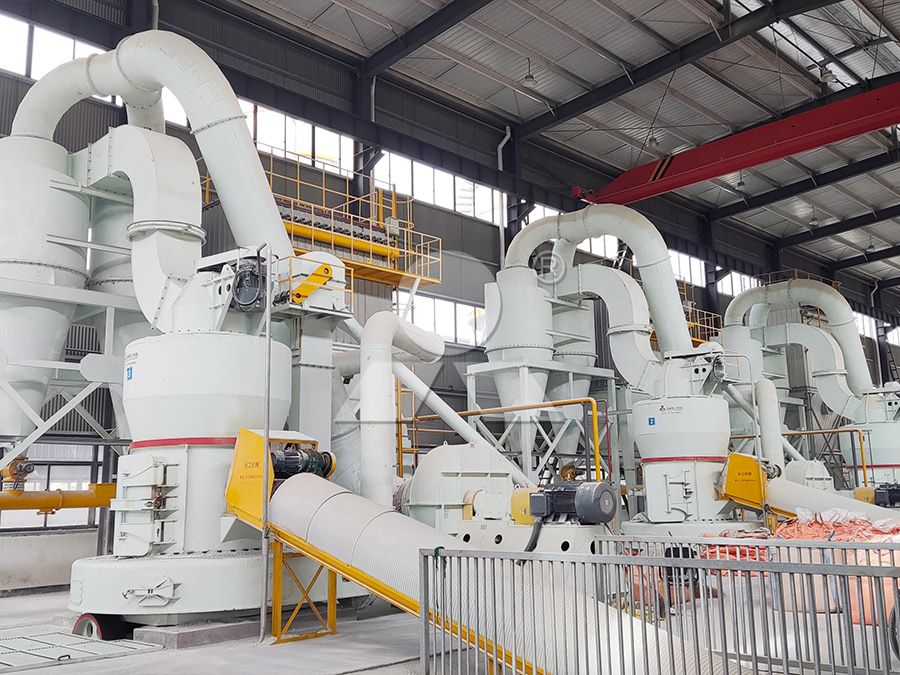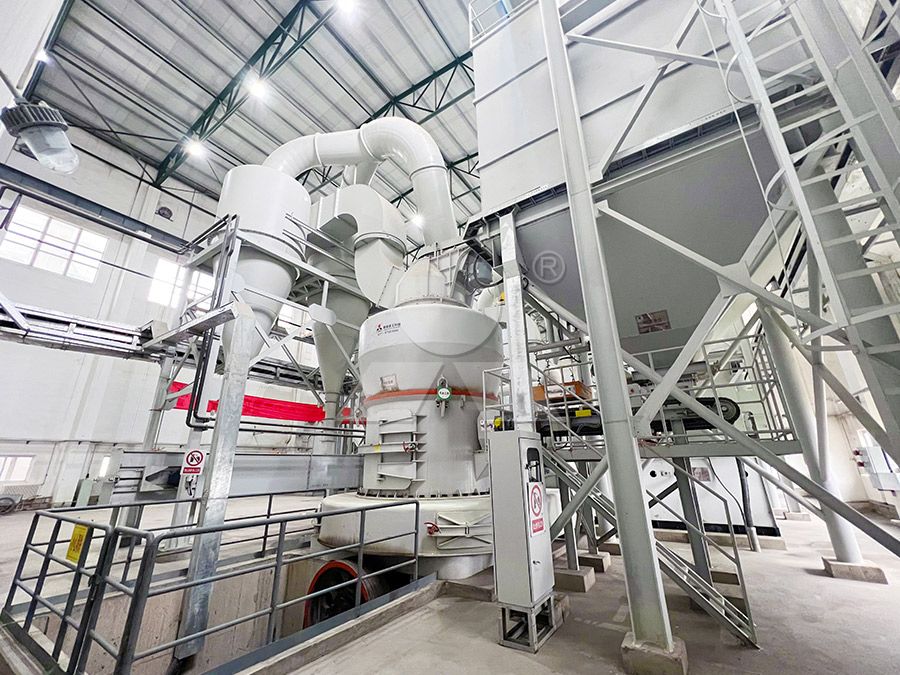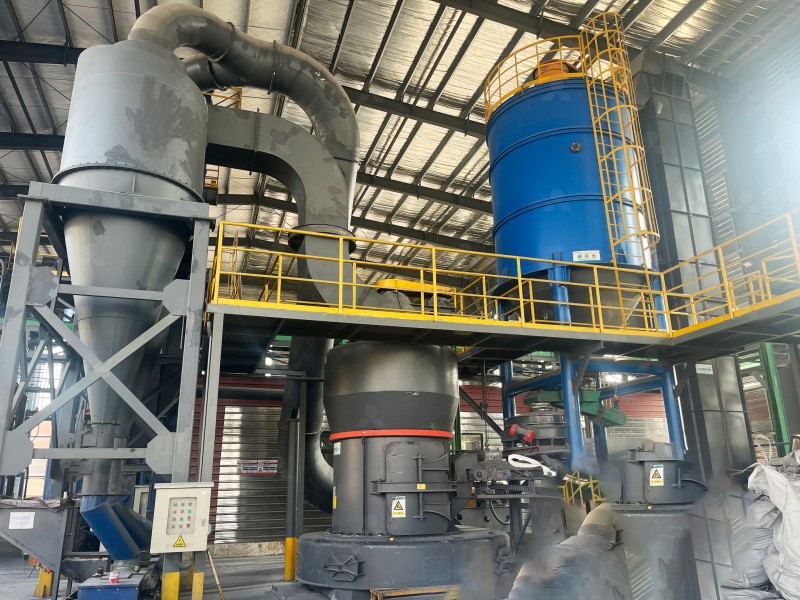Raymond Mill for Granite and Iron Ore Powder Processing
Raymond Mill for Granite and Iron Ore Powder Processing
In the realm of mineral processing, the transformation of hard materials like granite and iron ore into fine powders demands robust and efficient machinery. The challenges are multifaceted: these materials are abrasive, often require specific fineness levels, and processing them must be economically viable. While various milling solutions exist, Raymond Mill technology has stood the test of time, evolving to meet modern demands for efficiency and environmental responsibility.

Granite, with its crystalline structure and variable hardness, presents unique grinding challenges. Traditional ball mills can be energy-intensive and may not always deliver the consistent fineness required for applications in construction materials or industrial fillers. Similarly, iron ore processing demands equipment that can handle abrasive feed while maintaining precise particle size control for beneficiation or direct shipping ore requirements.
Modern Raymond Mill systems have addressed these challenges through technological innovations. The integration of advanced separator technology allows for tighter control over product fineness, while improved grinding roller and ring designs extend wear life significantly when processing abrasive materials. For operations requiring ultra-fine powders beyond the capabilities of standard Raymond Mills, we recommend considering our MW Ultrafine Grinding Mill. This advanced system offers adjustable fineness between 325-2500 meshes with higher yielding and lower energy consumption compared to conventional grinding systems.

When selecting equipment for granite and iron ore processing, several factors deserve consideration. The abrasiveness of the material necessitates wear-resistant components, while the desired production capacity and final product specifications will determine the appropriate mill size and configuration. Environmental considerations, particularly dust control, are equally important in today’s regulatory landscape.
For operations requiring vertical grinding solutions, our LUM Ultrafine Vertical Grinding Mill presents an excellent alternative. With its higher yielding rate and better quality output, along with energy-saving multi-head powder separating technology, it achieves 30%-50% reduced energy consumption compared to common grinding mills. The reversible structure also simplifies maintenance—a significant advantage when processing hard materials that accelerate component wear.
The future of mineral powder processing continues to evolve toward greater efficiency, lower environmental impact, and smarter operation. Modern mills incorporate digital monitoring systems, automated controls, and advanced material science in their construction to meet these demands. Whether processing granite for industrial applications or iron ore for metallurgical purposes, selecting the right grinding technology is crucial for operational success.

Frequently Asked Questions
What is the typical input size for Raymond Mills processing granite?
Raymond Mills typically handle granite with input sizes less than 25mm, though preliminary crushing may be required to achieve this size range depending on the initial quarry output.
Can Raymond Mills handle the abrasiveness of iron ore effectively?
Yes, modern Raymond Mills are equipped with wear-resistant grinding components specifically designed to handle abrasive materials like iron ore, though regular maintenance and component inspection are recommended.
What fineness range can be achieved with standard Raymond Mills?
Standard Raymond Mills typically produce powders in the range of 30-425 mesh, while specialized models like the MW Ultrafine Grinding Mill can achieve fineness between 325-2500 meshes.
How does the energy consumption of Raymond Mills compare to ball mills?
Raymond Mills generally offer 30-40% energy savings compared to traditional ball mills when processing similar materials to equivalent fineness.
What environmental features are incorporated in modern grinding mills?
Contemporary designs include efficient pulse dust collectors, mufflers for noise reduction, and fully sealed systems that operate under negative pressure to prevent dust spillage, ensuring compliance with environmental standards.
